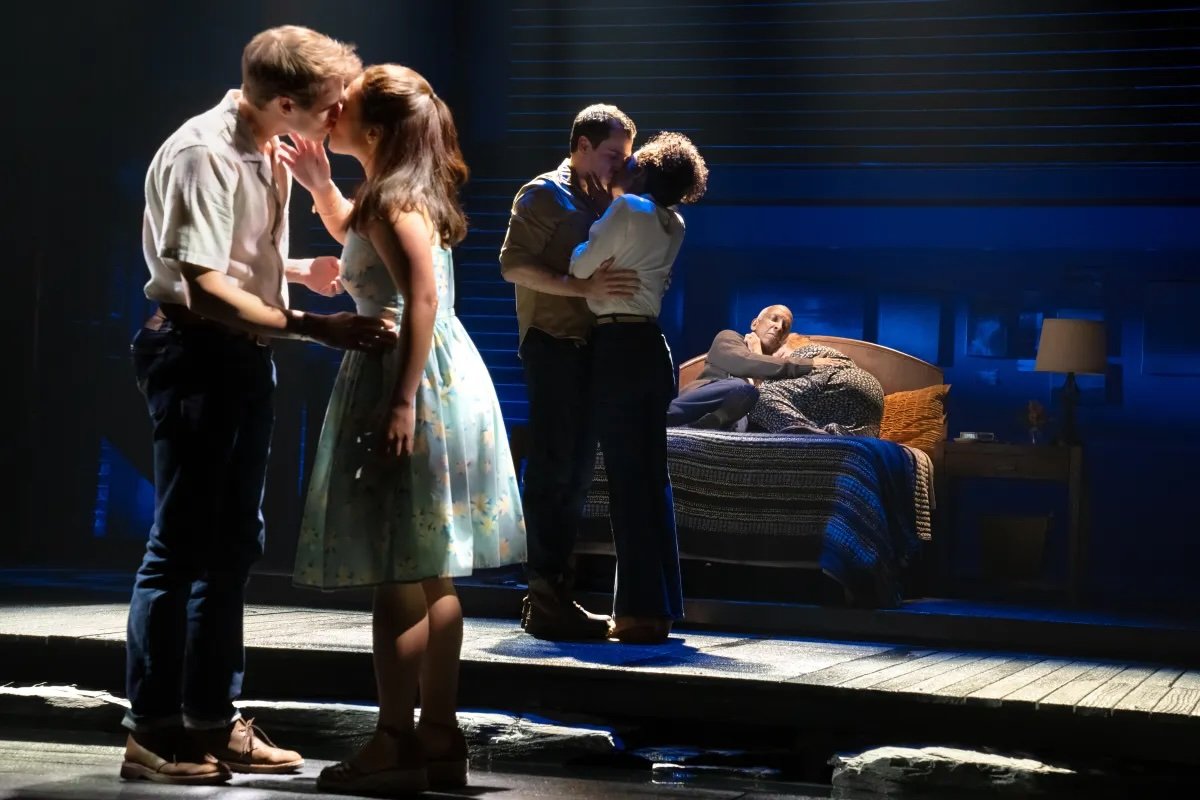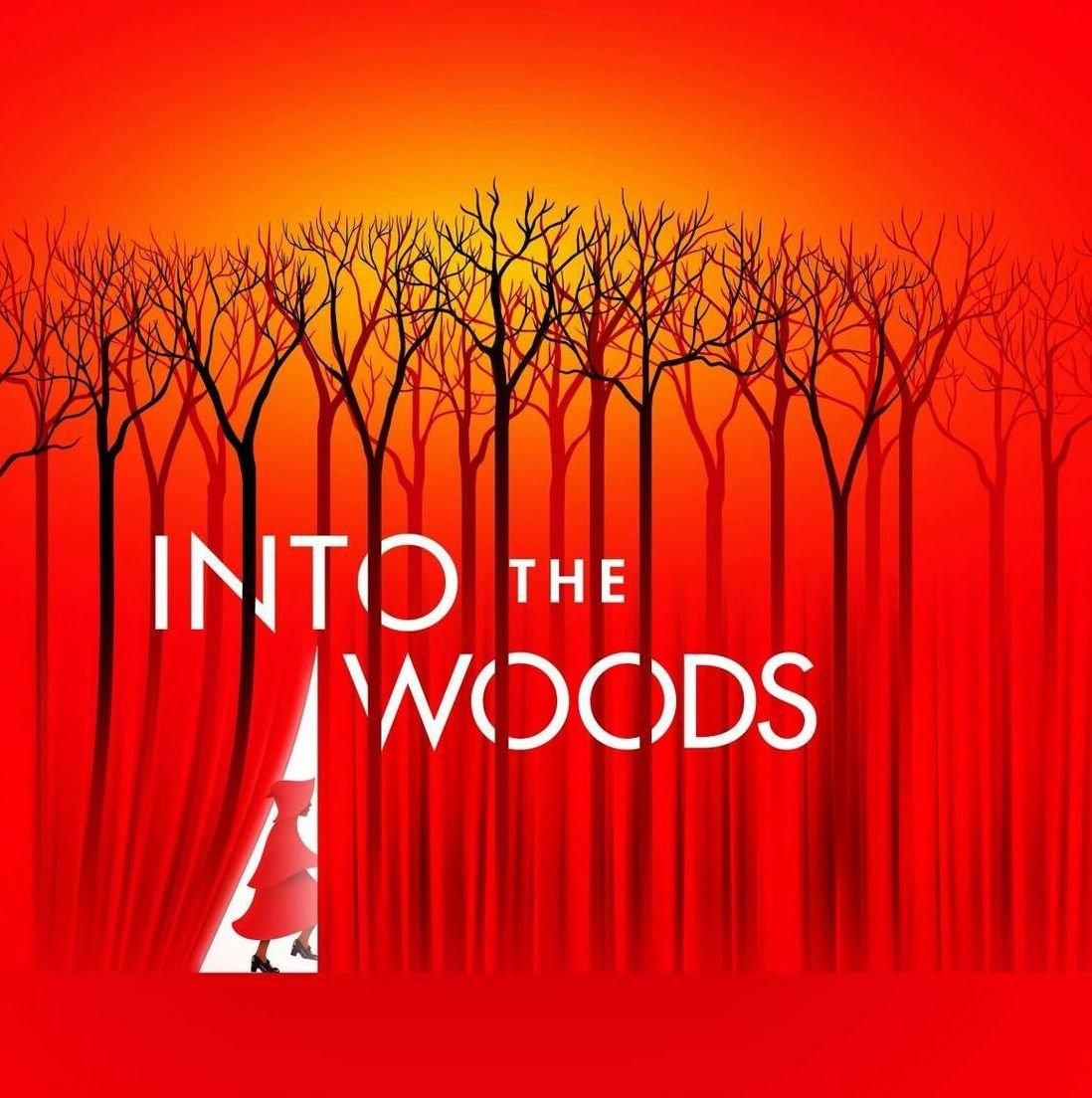When I was in undergrad, my playwriting professor mentioned in passing the unique quality that the Irish can bring to Beckett. Waiting for Godot was never better, he maintained, than when it was performed by Beckett’s own kith and kin. 15 years now, this has stuck with me, despite having no strong opinions about Beckett in any direction. It may be that the idea feels both romantic past the point of all reason and fundamentally true.
Last night, during a riveting production of The Threepenny Opera at BAM, I found myself thinking similar thoughts about the Germans and Brecht. Brecht is notoriously difficult to pull off. The whole point of the Brechtian experiment was—is—to keep the audience at an emotional remove so they think critically about what they’re watching. His work walks a thin and precarious line between absolute irony and uncompromising sincerity. It’s easy for his plays to feel disjointed and uneven, or overly confrontational, as a result.
It was an utter joy to watch for three hours as the members of the Berliner Ensemble weaved their way in and out of the dark corners of Threepenny, effortlessly keeping the audience in the palm of their collective hand by emphasizing the humor and absurdity inherent to the material. I haven’t laughed that much in a theater since James Acaster’s last stand-up tour. Every member of the cast finds humor in what they are doing, and each in their own way. Gabriel Schneider plays Macheath as the naughty five-year old who always gets caught. Kathrin Wehlisch, who plays Chief of Police Tiger Brown, gives a firecracker performance, with unexpected comedy in every line and gesture. This is someone who has seen and studied every Looney Tunes short.
At times broad, at others specific, and never indulgent or unnecessary, the use of comedy in Threepenny provided a stark contrast with another recent and much-lauded production at BAM, the London transfer of A Streetcar Named Desire. I could not stand that production, despite Patsy Ferran’s exceptional work as Blanche DuBois. Rebecca Frecknall’s direction emphasized severity. The show screamed its own importance, not trusting that the audience would notice on their own. Tennessee Williams wrote a serious, heavy play, yes, but god bless him he also made sure it was funny. Not that you could tell.
Barrie Kosky, the director of Threepenny, smartly directs against the grain. He and the cast understand that the show—unambiguously about murder, philandering, corruption, capitalism, and the cruelty of man—will speak up for the seriousness of its themes on its own. The show doesn’t need their help with that. Their job is to pull the audience in, and they do so magnificently.
The finale of Act 2, “What Keeps Mankind Alive?,” was the moment when the production subtly shifted from the very good into the realm of the transcendent. The song, now a hundred years old, decries the comfort of the rich and how their lives depend on the exploitation of the lower classes. There is a staggering urgency, a genuine anger, and a sense of menace. The final line, “Mankind is kept alive by bestial acts,” manages to feel all at once like a warning, a condemnation, and an exhortation. I’m not so sure it’s meant to turn you off the idea, or to convince you that mankind is beneath redemption. It almost feels like encouragement. How else can we protect ourselves? How else can anything change?





